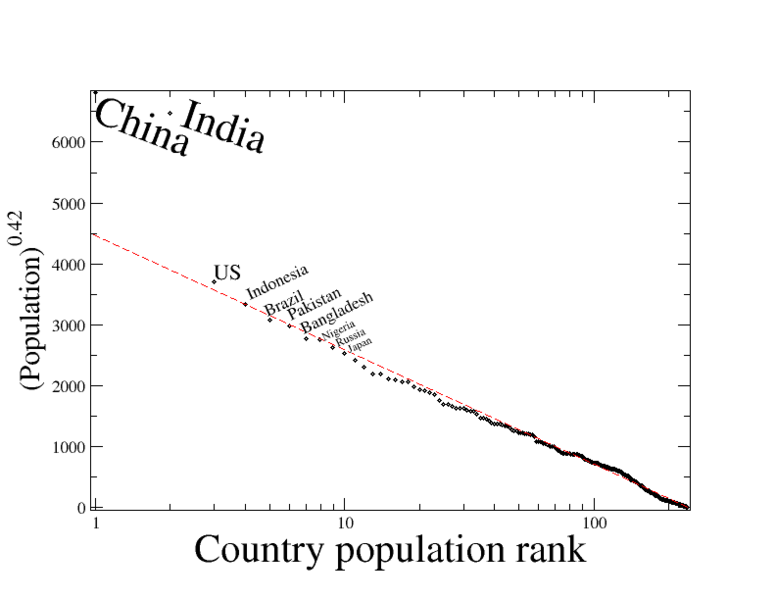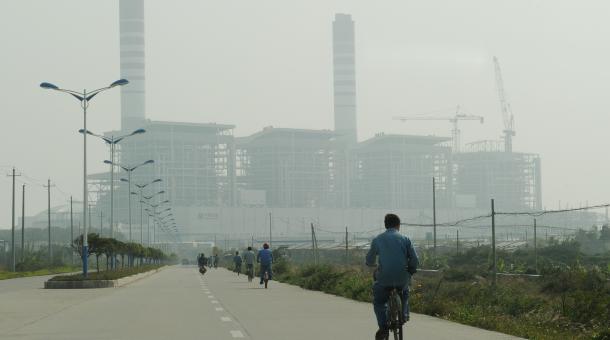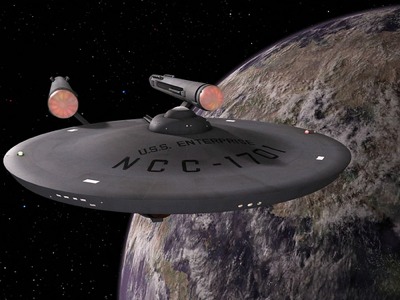China is really big. We know, we’ve seen the pictures.
At more than 1.3 billion inhabitants and counting, the People’s Republic of China represents almost 1/5th of Earth’s total population. China’s population and advanced industries continue to grow at an alarming rate, creating a unique set of environmental issues.
Their national landscape reveals challenges endemic to an advanced industrialized country, coupled with the struggles of a poor developing country. This explains China’s seemingly ironic status as Earth’s #1 producer of carbon emissions pollution, with added distinction as our world leader in the development of renewable energy.
American media and politicians frequently decry China’s status as top producer of planetary pollution. However, they rarely point out that China invests heavily in western manufacturing technology, and production equipment.
Additionally, China’s commercial boom has jump-started a growing socioeconomic class of consumer with an appetite for GM cars, which contribute to tons of greenhouse gasses (GHG’s) and gray skies over Beijing.
These same sources who wag the finger, often neglect to explain that the U.S. trades heavily with China, filling American department stores with a vast array of products that drive our consumer markets. Name brands like Dell, Apple, Hasbro, Nike, and Gap arrive on the labels of our favorite electronics, clothes, and shoes. Every item that fills our shelves, fills the skies with a carbon footprint whose tracks lead directly back to China. Global economies and global pollution go hand in hand, and demand worldwide solutions for sustainability.
Our renewable energy leader will seek foreign capital for green technology at the Rio summit.
China continues to outpace all other nations for the investment in renewable energy technology and products, focusing on green alternatives such as solar panels, wind turbines, and hydro-power.
Still, as a huge polluter, the People’s Republic must address the dirty business of cleaning up the waste generated by their industrial renaissance.
This month, at the United Nations Conference on Sustainable Development (UNCSD) in Rio de Janeiro, China will work to reduce (GHG’s) and implement environmental solutions by asking for outside capital from foreign investors.
The conference will attract around 50,000 activists, policymakers, business execs and politicians, all of whom share the common goal of maintaining our planets health through green energy and sustainable initiatives.
“The objective of the Rio+20 Conference is to secure renewed political commitment for sustainable development, address commitments made at previous major summits, and take on many pressing challenges that face the planet and its inhabitants.” Our very own Chairman of The Board at U.S. Green Chamber of Commerce, Peter Zahn, recently visited Rio de Janeiro, and sampled some of the 500 seminars and meetings prior to UNCSD’s official opening on June 22nd.
Star Trek and our universal view of Earth
Remember those episodes from Star Trek’s original series? Often Kirk sat at the Conn and demanded a status report on the environmental components of a newly encountered planet. Typically Spock responded with a statistical analysis of the atmosphere, declaring the heavenly body a habitable, Class M planet.
Class M planets feature a Goldilocks zone with just the right combination of nitrogen, oxygen, and abundant water imperative to the support of carbon-based life forms. Lush flora and fauna might even signal the existence of sentient inhabitants.
Sustainability as a Prime Directive
If the Enterprise warped through our solar system, and checked the readings on our emissions-to-oxygen ratios, do you think the crew would bother beaming down without proper respiratory protection? Sure, our big blue marble is still pretty habitable–for now.
Earthlings can last indefinitely on terra firma, but only through an activist approach to maintaining our life support systems. USGCC hopes intelligent creatures will join us in treating our home in the galaxy like a priceless, limited resource.
What will happen if our species continues to despoil Spaceship Earth without planning for the well being of our future generations? Well, given our appetite for destruction, humanoids may not even register as a life form when our 3rd rock from the sun comes under analysis.
Live long and prosper but take action today!











